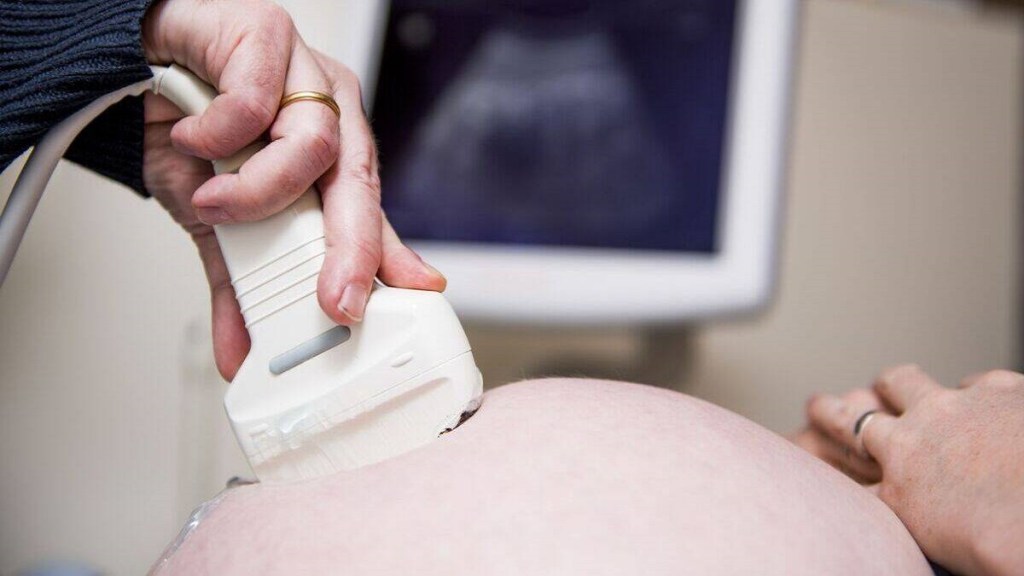South Korea has once again shattered its own record for the world’s lowest fertility rate as it faces the prospect of its population of 51 million people more than halving by the end of this century. According to a Bloomberg report, Korean women were estimated, based on 2021 data, to have an average of just 0.81 children over their lifetimes, down from 0.84 a year earlier, the statistics office said on Wednesday. The number of newborns declined last year to 260,600, which equates to about 0.5% of the population.
Attributing the United Nations global population projections and World Bank’s data, the report further stated that Korea is the world’s fastest-ageing nation among economies with a per capita GDP of at least $30,000. By 2100, its population will fall by 53% to 24 million, up from a 43% decline forecast in 2019.
Also Read | Tamil Nadu govt releases glossary on addressing LGBTQIA+ persons as advised by Madras High Court
The forecast is a sobering reminder of the demographic threat and associated economic challenges confronting Bank of Korea Governor Rhee Chang-yong and President Yoon Suk Yeol, who both took office earlier this year.
Rhee warned in April that South Korea’s economy faces the risk of secular stagnation as the population ages and productivity slows. He said rising welfare spending would take away from the finance needed to boost economic growth, a key goal set out by Yoon in his inauguration pledges.
A shrinking workforce is a major factor in the decline of Korea’s potential growth rate. The working-age population peaked at 37.3 million in 2020 and is set to fall by almost half by 2070, according to Statistics Korea.
While seeking to slow the decline in the birth rate, Korea is also enacting a series of measures to live with the new reality, enhancing living conditions for retirees and introducing more robots. Inviting more women, elderly people and foreigners into the workforce is another goal.
The number of women of child-bearing age fell 2% to 11,620,000 last year, signalling the fertility rate is only likely to deteriorate further. A typical Korean woman gave birth to her first child at age 32.6, up from 30.2 a decade earlier, according to the stats office. Her partner on average would be 35.1, compared with 33 a decade earlier.
Also Read | Increased tourism harming Ajanta cave painting? ASI official suggests ways to control damage
By region, the capital Seoul showed the lowest fertility rate at 0.63, while Sejong, home to government headquarters, had the highest at 1.28, according to the stats office. The most populous province, Gyeonggi, recorded 0.85, closer to the average, Bloomberg reported.
In the decades following the 1950-53 Korean War, the population at least doubled and in an effort to curb the baby boom in the early years of economic development, the government encouraged couples to have only one child.
That policy was scrapped around the turn of the century as births started to sharply fall, prompting the government to spend tens of billions of dollars each year to encourage more children, but with little success so far.








